Lifting the Lid on Low-Carbon Energy Solutions with POW’s Greg Nemet
The Outdoor State is educated, motivated, and engaged when it comes to trail maintenance, weather forecasting, public policy, and a host of other issues related to the environment. And yet we all could probably use a refresher course now and again, be it brushing up on fly fishing techniques or the current state of low-carbon energy solutions.
To dig deeper into decarbonization and assess renewable energy technologies, we spoke with POW Science Alliance member Greg Nemet, professor of energy systems and international environmental policy at the University of Wisconsin–Madison.
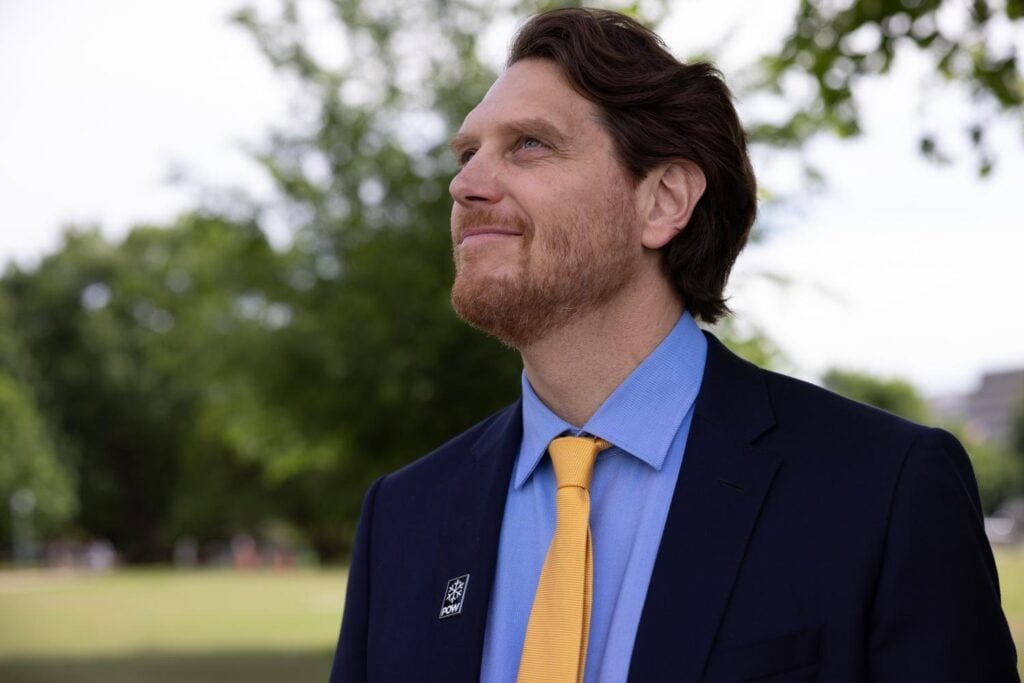
“As the global population has grown and the global economy has grown, CO2 emissions have grown with it. The idea of decarbonization is to break that link, so we can continue to grow by having better lives and better choices, but without all of the emissions,” says Nemet, a skier and hiker who wrote the book on how solar energy can provide a template for other low-carbon innovations.
Disrupting the relationship between economic growth and carbon output is achievable, Nemet contends. Case in point: As the U.S. economy has soared over the past few decades, carbon emissions have declined by about 15 percent since peaking in 2005.
“There’s evidence we can break the link, but it’s a matter of doing more, going deeper, and doing it throughout the whole world,” Nemet says.
As we look at a handful of renewable energy options, it’s important to note that all forms of energy have liabilities. The truth is, it takes energy to make energy, and some types are more invasive than others. It’s also worth recalling that the negative impacts of fossil fuels go well beyond climate implications, directly affecting human health and wildlife through harmful pollutants like mercury and sulfur dioxide.
Solar
Like paddling through a set of rapids, using the sun’s rays for energy is “clean, fast, and inexpensive,” says Nemet.
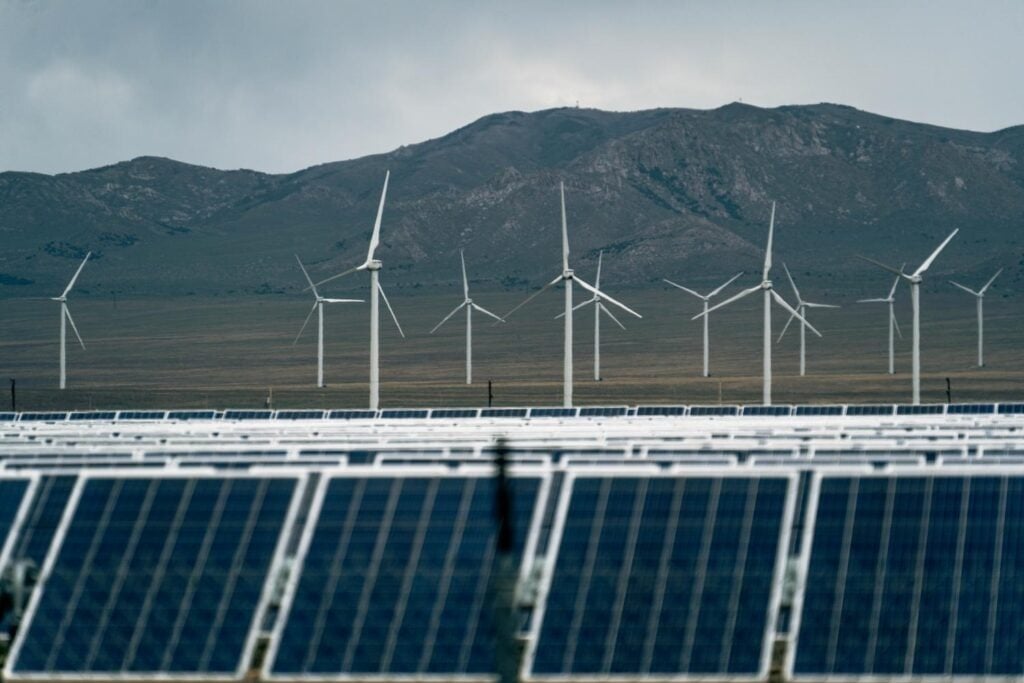
“It’s clean, meaning it’s better for climate change in the long-term globally, but also it’s better for public health in the near-term locally. It’s fast in that it can be sited, built, and producing electricity much quicker than a coal, gas, or nuclear plant,” he says.
And, Nemet is quick to highlight that solar’s cost has dropped by 90 percent over the past decade, which is a major reason it’s become the largest source of new electricity generation in the U.S.
While these attributes are considerable–and driving investments–solar is intermittent, which limits reliability and can require storage and transmission infrastructure. It also uses numerous elements like copper and lithium that have a range of challenges, such as mining pollution, geopolitical conflict, and human rights’ issues.
Wind
Similar to solar, wind energy production comes with a no-cost feedstock and a multitude of other benefits.
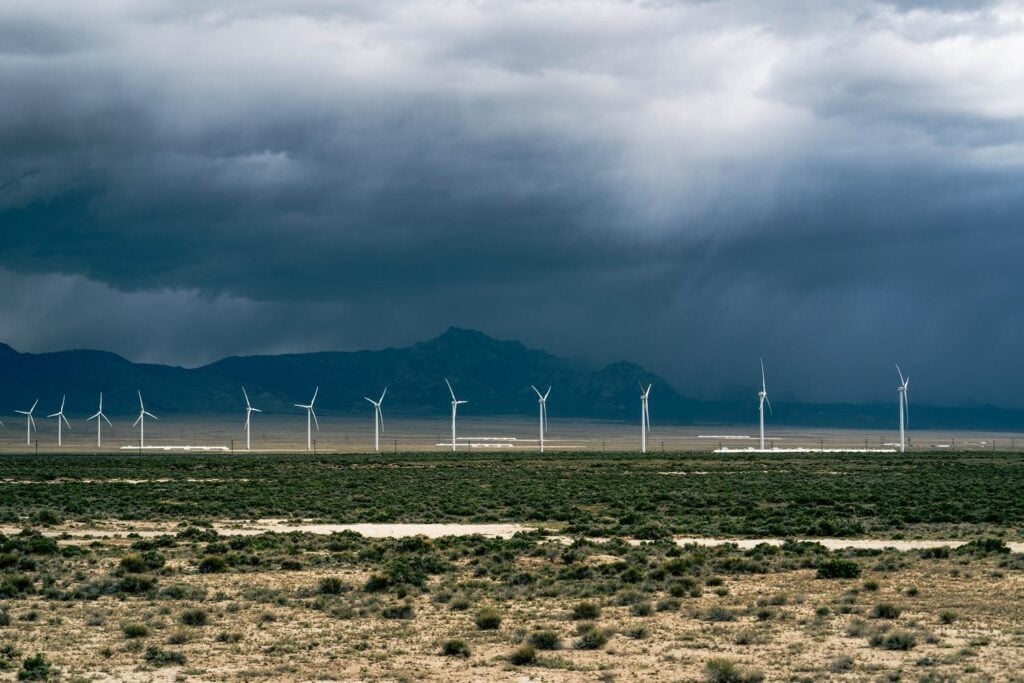
“Wind is also clean like solar, but perhaps not as fast because there’s more permitting and there can be public opposition,” Nemet says. “It’s also inexpensive, with costs dropping by 50 percent over the past 10 years.”
And while wind’s production can vary like solar, it is not necessarily a disadvantage. That’s because, unlike solar, which has daily constraints, Nemet says, “it’s always windy somewhere, so while it’s less predictable, if the transmission is there, you get smoother overall production.”
Despite limited yet loud discourse asserting that wind turbines cause cancer, Nemet assures that “there’s nothing to it.”
However, birds can be killed because of wind turbines, particularly during and shortly after construction, because they have not adapted flight patterns to the new obstructions. Also, wind production requires rare earth materials.
Nuclear
Nuclear energy does not produce carbon emissions, and its overall pollution profile is substantially cleaner than fossil fuel power generation. It is also not affected by weather and consistently produces high-density energy, so its reliability to the grid is strong.
However, nuclear energy is fraught with challenges that have not been addressed.
“Costs with nuclear power are very high and increasing. It also takes a long time to build, and tends to be delayed and over budget,” Nemet says. “There’s also the problem with the (radioactive) waste, which we really don’t have a solution for.”
Additionally, nuclear energy has significant safety risks from operational and proliferation standpoints.
Electric Vehicles
EVs are playing a significant role in reducing local air pollution, thereby enhancing public health and quality of life. They also add to long-term carbon reduction and innovation strategies.
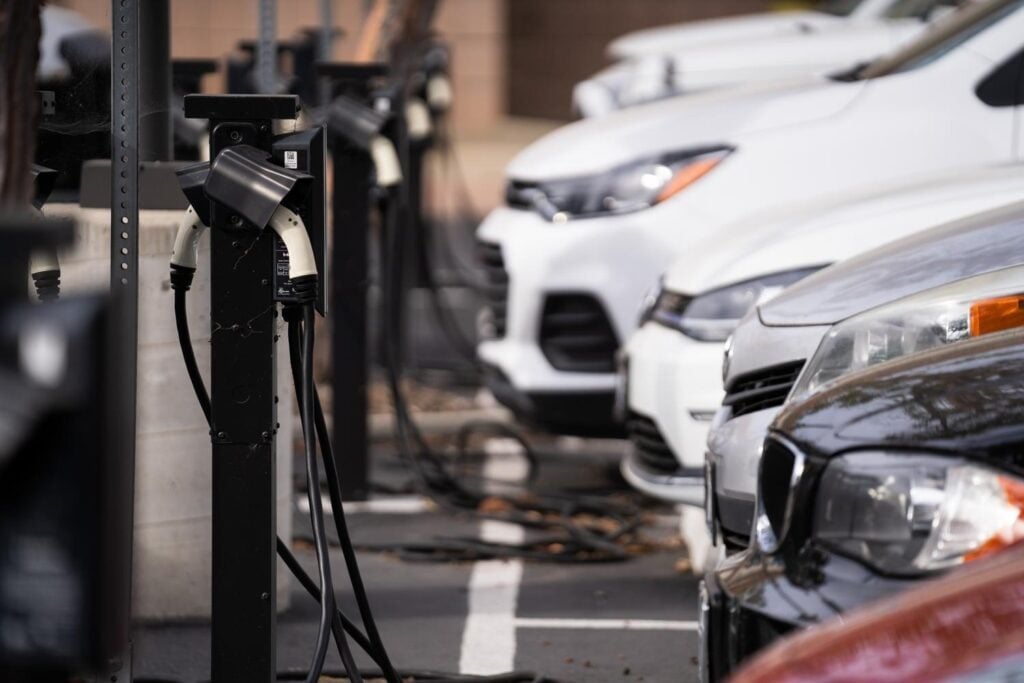
“The benefits we get from EVs are really high. The local air pollution problems with gasoline vehicles are even more problematic than those from fossil fuel power generation because it’s been easier to clean up power plants than it has to clean vehicle exhaust pipes,” Nemet says.
The fundamental technology for EVs is the battery. According to Nemet, costs have dropped even more than solar, noting that in 2015 an EV battery was about $40,000, but today averages $4,000.
“It’s been a gigantic change to have affordable batteries. They’ve also gotten better in terms of range, so improvements in batteries have really enabled EVs to take off,” he adds.
Some of the challenges with EVs include the use of rare earth elements and battery range, although that has increased to about 300 miles. Also, the charging infrastructure is not fully established. The Inflation Reduction Act included a massive infusion of funding to assist this effort. However, Congress is currently considering eliminating that key investment.
Transmission
Transferring power from its generation source to consumers is somewhat akin to your water bladder system: it isn’t sexy, but it is essential.
Nemet says that for a suite of renewables to effectively contribute to the grid, more electric transmission is needed.
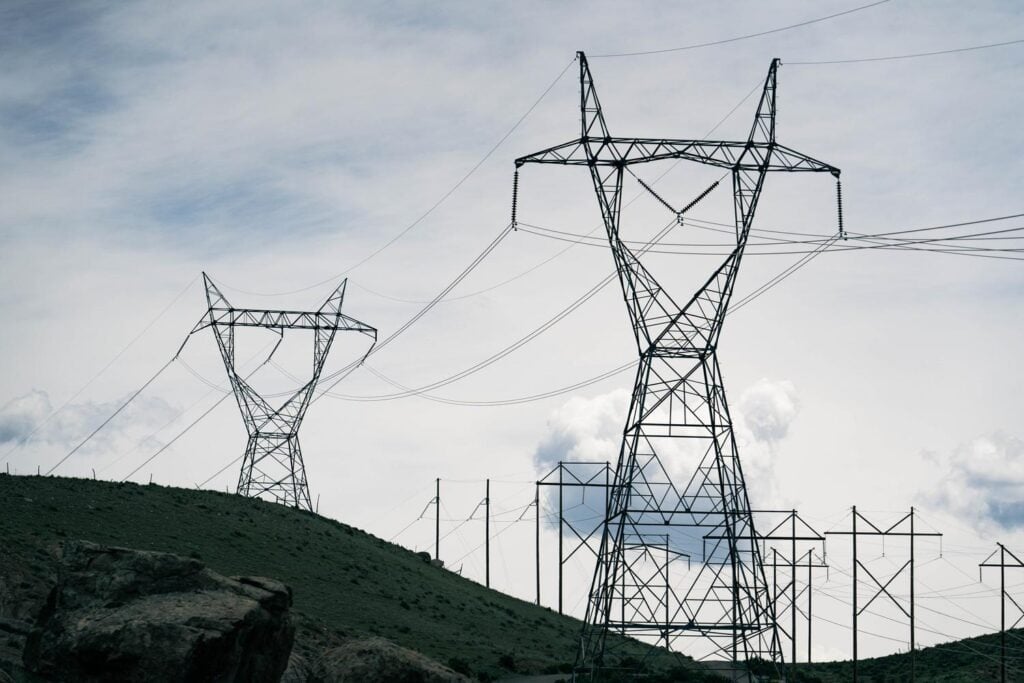
“It would be really helpful to have a grid that’s more connected to sources of electricity that are clean and abundant,” he says, noting that additional transmission can mitigate wind and solar’s intermittency.
Transmission is, however, expensive and can be aesthetically problematic, leading to public opposition. Siting and permitting barriers can be further complicated when transmission routes cross multiple jurisdictions.
Nemet says one solution is to make sure communities that host transmission and renewable energy projects benefit, like POW’s work on the Energizing Our Communities Act.
Moving Forward
Nemet is cautiously optimistic that, despite the Trump Administration’s hostility to renewable energy, progress on establishing a low-carbon economy will continue.
“It’s hard to watch the U.S. go from a leader in climate and clean energy to a laggard,” he says, adding that other countries like China are aggressively pursuing renewables through policies and incentives.
Nemet notes that a major barrier to scaling clean energy solutions was cost, but “not any more.” This means that market forces could ultimately favor the widespread adoption of renewables.
“We’re not talking about trade-offs anymore. In the past 10 years or so, we now have these clean solutions that outperform the dirty solutions in multiple ways,” Nemet says. “You can have both a growing economy and a cleaner environment because we have things like EVs, wind, and solar.”
Want to help advance clean energy in your community?
POW is calling on the Outdoor State to help advance 500 megawatts of renewable energy in the places we call home. We’ll give you the tools to cut through misinformation, update prohibitive policy, and get real projects across the finish line. Learn more and sign up below.
This Blog was Supported by POW Brand Alliance Partner


Author: Andrew Schuyler
Andrew splits his time between NH and MA. Originally from the Badger State, he studied journalism and started playing ultimate frisbee at the Univ. of Wisconsin–Madison in the early ’90s. In 2024, he obtained a Master’s degree in sustainability from Arizona State University. Andrew has worked as a journalist, chief of staff in the MA Senate, and regional director of the New Fuels Alliance. He serves on the boards of MA Conservation Voters, and the White Mountains Interpretive Association. Andrew writes about sustainability for the Granite Outdoor Alliance and is also a hiker, biker, reader, and self-described river rat who finds curious pleasure in cold water swimming.
